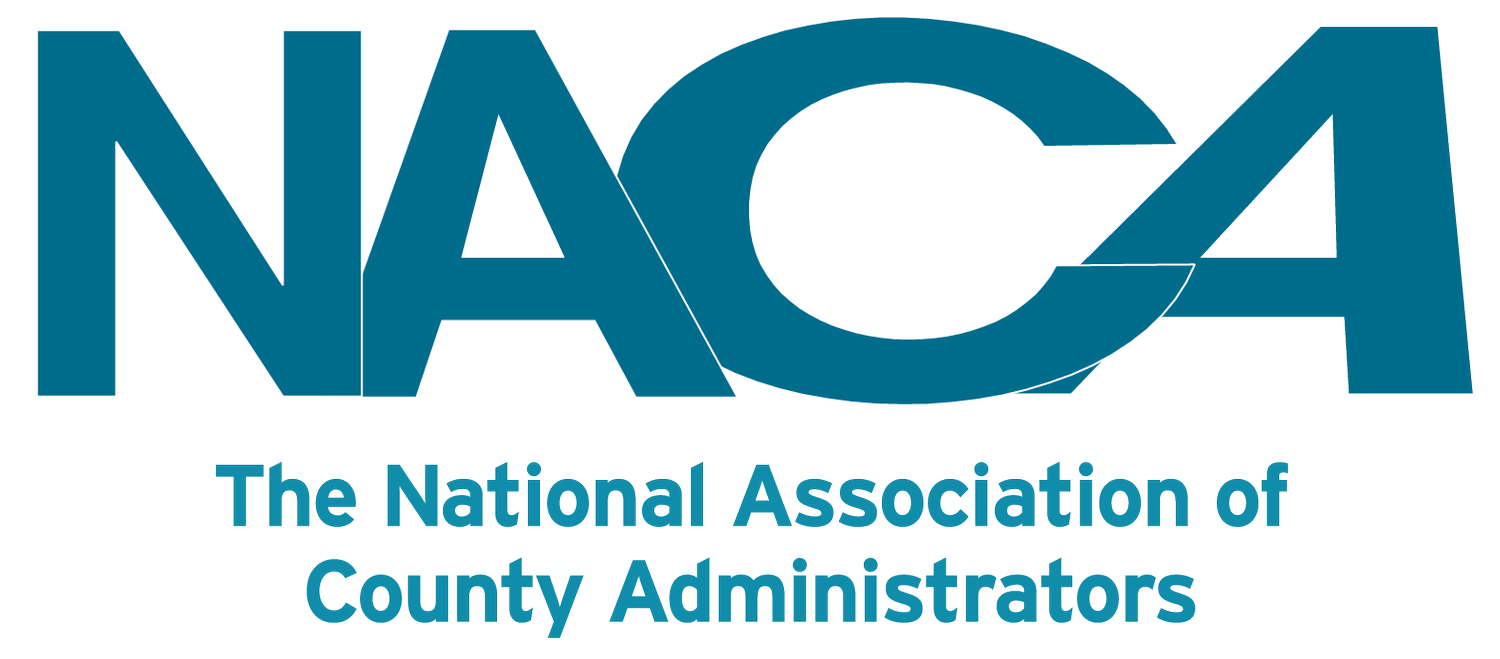The Case for IG: Information Governance is the Future, and the Future is Now.
Author: Megan Sokolow, CIP, CRA
What is Information Governance (IG)?
Information Governance is a multi-function team model of managing information assets across an organization. Generally, key team members are Information Technology, Records Management, Legal, and Compliance. This collaborative model aims to build better organizational control over our information assets, security, and risk environment.
Information assets are valuable
Information assets include our records and our data. Records include documents, electronic records such as email and social media posts, and born-digital process outputs such as ERP system reports or Structured Language Queries. Our data includes repository data, structured data, and completely unstructured shared drives. These two types of assets are intertwined and have significant legal, fiscal, and administrative value.
Information Governance aims to leverage that value to maximize our organization's effectiveness with these resources while building cohesive structures of security and mitigating risk.
Data can Decide
Developing a highly effective information governance program allows organizations globally to collect and use data to make effective decisions. Every process, document, and born-digital workflow produces data, and we can use that data to evaluate trends, perform accurate benchmarking, and make better-informed decisions.
Marketing decisions are often directly decided by this kind of data, and we hear frequently that our data is the product social media tools sell. They are leveraging the knowledge they receive about what we engage with, what we ignore, and how much time we spend engaging with certain types of content to influence our decisions. We want to be utilizing our data in the same way. We can learn more business intelligence from running queries on our data than we could from any other measurement tool.
Analyzing your data can tell you if a department needs more resources, or if a specific division is generating a suspiciously high amount of computer procession outputs. It can help you graphically illustrate trends in the social welfare environment so you can leverage resources more effectively, and it can considerably improve the accuracy of business analysis metrics like ROIs or KPIs.
Systems Integration and Security
Information governance also allows organizations to exercise more control over the types of information systems purchased and the configuration of these systems. Better organizational control over information systems allows organizations to build better information architecture that integrates well and has better security in place.
Everyone has heard of cyber security threats like malware, spyware, and ransomware. Bad actors are trying to steal our data using these tools. Highly effective Information Technology departments are essential in protecting our assets from malicious cybercriminals, but the benefit of including cross-functional team members in the project cannot be overstated.
Cross-functional teams and the Risk Tolerance Evaluation
Records Managers are trained professionals in the art of classification of records. In nonprofessional terms, records managers are experts at file plan creation, identifying records' business value, and discerning their specific security needs. Legal teams are the best possible individuals to assess the legal risk of data exposure or loss. Compliance teams are the best at evaluating an organization's risk tolerance and determining if its information assets are safe.
When an IT team goes to configure a system, there is no question that they will make better-informed architecture choices with the data clearly classified and the legal, administrative, and fiscal risk tolerance levels identified in advance. Otherwise, they are flying blind, guessing about the appropriate levels of access controls, and security costs tend to skyrocket.
Information Governance is key
Very often, the work of government is done within departments in a horizontal organizational structure. This has significant benefits and obvious drawbacks. Sometimes, the agility of the horizontal organizational structure makes responding to rapid changes in the local government sphere easier. Still, in the area of information asset management, it pays to develop more organizational collaboration. Information Governance means making decisions with more information at your fingertips, and that we are responsibly maintaining the valuable assets contained within our records and data on behalf of our citizens.



